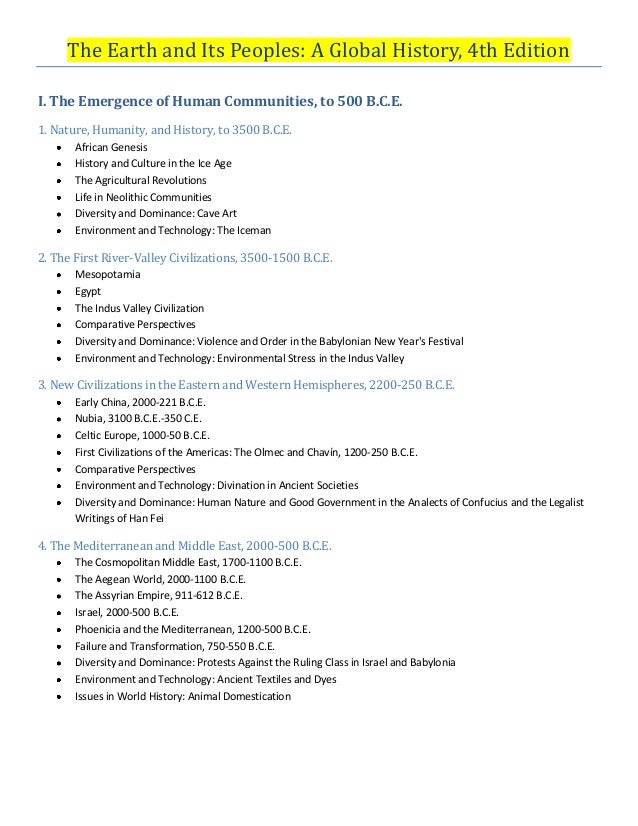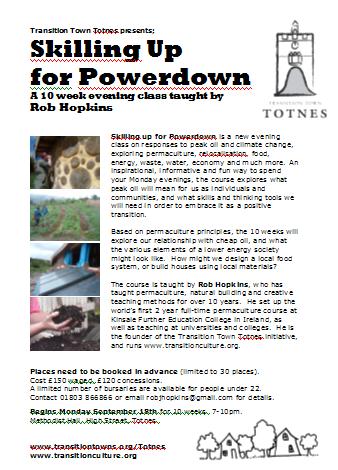
Terms: 669211673 Civilization The social process whereby societies achieve civilization. 1 669211674 Culture The attitudes and behavior that are characteristic of a particular social group or organization. 2 669211675 History The study of the past. 3 669211676 Stone Age The historical period characterized by the production of tools from stone and other nonmetallic substances.

My screen recorder pro 4.1 crack free download. It was followed in some places by the Bronze Age and more generally by the Iron Age. 4 669211677 Paleolithic The period of the Stone Age associated with the evolution of humans. It predates the Neolithic period.
5 669211678 Neolithic The period of the Stone Age associated with the ancient Agricultural Revolution. It follows the Paleolithic period. 6 669211679 Foragers People who support themselves by hunting wild animals and gatherings wild edible plants and insects.

7 669211680 Agricultural Revolutions The change from food gathering to food production that occurred between ca. 8000 and 2000 B.C.E.
Also known as the Neolithic Revolution. 8 669211681 Megaliths Structures and complexes of very large stones constructed for ceremonial and religious purposes in Neolithic times. 9 669211682 Sumerians The people who dominated southern Mesopotamia through the end of the third millennium B.C.E. They were responsible for the creation of many fundamental elements of Mesopotamian culture, such as irrigation technology, cuneiform, and religious conceptions, taken over by their Semitic successors. 83 Semitic Family of related languages long spoken across parts of western Asia and northern Africa. These languages included Hebrew, Aramaic, and Phoenician.
Bulliet The Earth And Its Peoples
84 City-state A small independent state consisting of an urban center and the surrounding agricultural territory. A characteristic political form in early Mesopotamia, Archaic and Classical Greece, Phoenicia, and early Italy.
85 Babylon The largest and most important city in Mesopotamia. It achieved particular eminence as the capital of the Amorite king Hammurabi in the eighteenth century B.C.E. And the Neo-Babylonian king Nebuchadnezzar in the sixth century B.C.E. 86 Hammurabi Amorite ruler of Babylon (r.
1792-1750 B.C.E.). He conquered many city-states in Northern and Southern Mesopotamia and is best known for a code of laws, inscribed on a black stone pillar, illustrating the principles to be used in legal cases. 87 Scribe In the governments of many ancient societies, a professional position reserved for men who had undergone the lengthy training required to be able to read and write using cuneiforms, hieroglyphics, or other early, cumbersome writing systems. 88 Ziggurat A massive pyramidal stepped tower made of mudbricks. It is associated with religious complexes in ancient Mesopotamian cities, but its function is unknown.
89 Amulet Small charm that is meant to protect the bearer from evil. Found frequently in archaeological excavations in Mesopotamia and Egypt, amulets reflect the religious practices of the common people. 90 Cuneiform A system of writing in which wedge-shaped symbols represented words or syllables.
Because so many symbols had to be learned, literacy was confined to a relatively small group of administrators and scribes. 91 Bronze An alloy of copper with a small amount of Tin or Arsenic. The term Bronze Age is applied to the era-the dates of which vary in different parts of the world-when bronze was the primary metal for tools and weapons.
The demand for bronze helped create long-distance networks of trade. 92 Pharaoh The central figure in the ancient Egyptian state. He is believed to be an earthly version of the gods. He used his absolute power to maintain the safety and prosperity of Egypt. 93 Ma'at Egyptian term for the concept of divinely created and maintained order in the universe. Reflecting the ancient Egyptians' belief in an essentially beneficent world, the divine ruler was the earthly guarantor of this order. 94 Pyramid A large, triangular stone monument, used in Egypt and Nubia as a burial place for the King.
95 Memphis The capital of Old Kingdom Egypt, near the head of the Nile Delta. 96 Thebes Capital city of Egypt and home of the ruling dynasties during the Middle and New Kingdoms. 97 Hieroglyphics A system of writing in which pictorial symbols represented sounds, syllables, or concepts. It was used for official and monumental inscriptions in ancient Egypt. Because of the long period of study required to master this system, literacy in hieroglyphics was confined to a relatively small group of scribes and administrators. 98 Papyrus Ancient paper 99 Mummy A body preserved by chemical processes or special natural circumstances, often in the belief that the deceased will need it again in the afterlife.
Earth And Its Peoples Outlines
00 Harappa Site of one of the great cities of the Indus Valley civilization of the third millennium B.C.E. It was located on the northwest frontier of the zone of cultivation (in modern Pakistan), and may have been a center for the acquisition of raw materials, such as metals and precious stones, from Afghanistan and Iran. 01 Mohenjo-Daro Largest of the cities of the Indus Valley civilization. It was centrally located in the extensive floodplain of the Indus River in contemporary Pakistan.
Little is known about the political institutions of Indus Valley communities, but the large-scale of construction at Mohenjo-Daro, the orderly grid of streets, and the standardization of building materials are evidence of central planning.